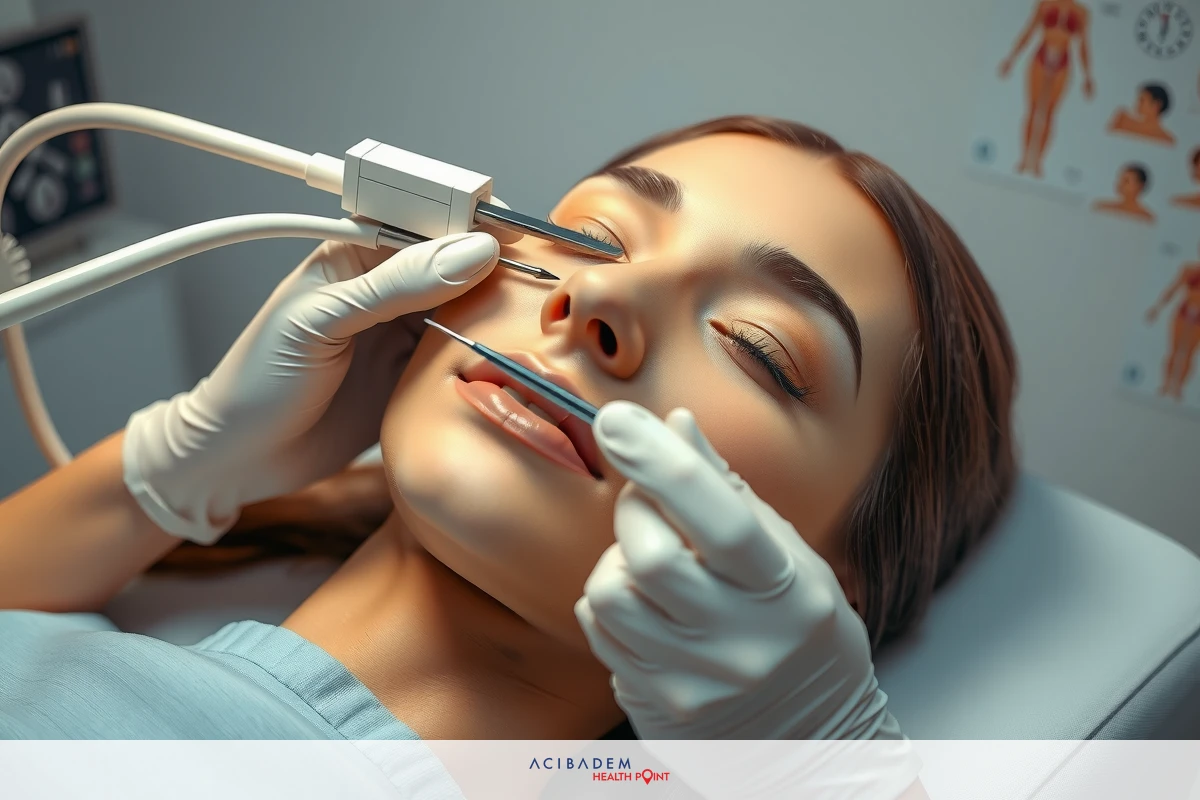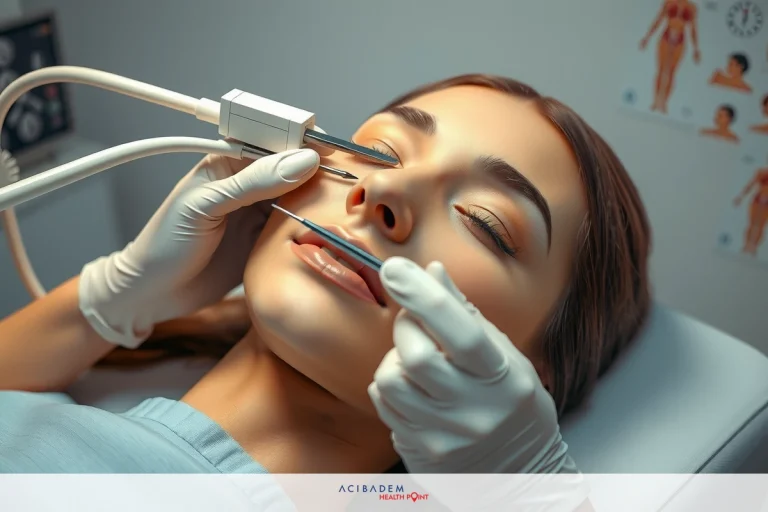Does Cosmetic Rhinoplasty Effect Breathing?
Does Cosmetic Rhinoplasty Effect Breathing? Aesthetic appeal and functionality often walk hand in hand, especially with regard to our bodies. Nowhere is this more evident than in the case of cosmetic rhinoplasty – a treatment aimed at refining the appearance of one’s nose. Alongside its aesthetic benefits, questions arise concerning its potential impact on one’s ability to breathe.
Delving into the realm of rhinoplasty, it becomes clear that this procedure isn’t as straightforward as some may believe. The complexities associated with changing your nasal structure go beyond mere looks; they can also influence how well you breathe post-operation. Hence, understanding these repercussions forms an essential part of considering this form of cosmetic enhancement.
The importance of consulting your surgeon before undergoing such a procedure cannot be overstated – not all noses are created equal! By discussing concerns about post-operative breathing and having informed conversations around what to expect after surgery, patients can ensure they’re making a decision that best suits their individual needs and circumstances.
Understanding Cosmetic Rhinoplasty
Cosmetic rhinoplasty, often referred to simply as a “nose job,” is a surgical procedure designed with an aesthetic purpose in mind. It’s fascinating how this operation, seemingly focused on enhancing one’s physical appearance, can introduce us to the intricate relationship between form and function of our bodies.
The procedure itself involves alterations to the bone or cartilage structures of the nose. These adjustments aim at improving its overall shape and proportion, thus promoting facial harmony. However, it’s paramount to comprehend that any modification performed on these delicate structures could potentially affect their functionality – including breathing.
Aesthetically driven changes may alter not only the external view but also the internal architecture of your nasal passages. The impact varies from patient to patient; some might experience improved airflow due to corrected structural issues while others might witness a decrease in their breathing capacity owing to narrowed passageways post-operation.
Moreover, cosmetic rhinoplasty isn’t just about altering what already exists – it’s about creating a balance where there was none before. For example, if someone has always had difficulty breathing through one nostril because that side was narrower than usual – then reshaping during rhinoplasty could result in enhanced breathability alongside aesthetical improvement.
However intriguing this dual effect of beauty enhancement and functional alteration may be, understanding it fully requires guidance from professionals who live in this place of interplay between aesthetics and physiology every day – plastic surgeons specializing in cosmetic rhinoplasty procedures.
By diving deep into discussions with them regarding individual anatomy and specific goals for both looks and functionality (breathing), patients receive personalized insights enabling informed decision-making processes around whether or not they should go forward with such life-changing modifications.
Potential Impact on Breathing
Cosmetic rhinoplasty, while primarily targeted at enhancing the visual appeal of the nose, can indeed have an

impact on one’s breathing. This connection between aesthetic changes and functionality is a complex one; it varies based on individual anatomy, surgical techniques used, and even post-operative care procedures followed.
For some patients, rhinoplasty may result in improved nasal airflow. In scenarios where pre-existing structural abnormalities such as a deviated septum or enlarged turbinates are present—issues that can hinder efficient breathing—a well-executed cosmetic procedure could potentially rectify these problems aside from its primary task of reshaping the nose for better aesthetics.
However, not all impacts are positive. Some changes made during surgery might lead to narrowed nostrils or scar tissue formation which could impede normal respiratory function by restricting airflow through your nasal passages. The place where beauty meets functionality needs careful navigation to avoid adverse effects like this.
Understanding these potential functional changes before going under the knife is crucial. After all, our ability to breathe comfortably is something we should never take for granted—it’s an essential aspect of everyday life that often goes unnoticed until faced with difficulties.
The intricacies involved in how rhinoplasty might affect your breathing underscore why open conversations with surgeons become even more vital before making a decision about undergoing this procedure. Each person has unique anatomical characteristics and personal goals that need consideration when discussing possible outcomes following cosmetic surgery.
Even though most people don’t experience significant long-term negative effects on their ability to breathe after rhinoplasty—if conducted by experienced professionals—the possibility exists nonetheless. It’s always wise to consider every angle and be prepared for any outcome when contemplating such impactful decisions regarding bodily modifications.
Consulting Your Surgeon
The decision to undergo cosmetic rhinoplasty is a significant one, and it’s critical that patients have all the information they need before proceeding. This includes understanding how the procedure might affect their breathing. One of the best ways to gain this knowledge is through consultation with your surgeon.
Surgeons possess an in-depth understanding of both aesthetics and functional aspects of cosmetic rhinoplasty. They can provide valuable insights into potential changes you could experience post-procedure when it comes to nasal airflow, as well as offering advice on measures for optimal post-operative care.
During these consultations, it’s important to discuss any concerns or questions you may have openly. This dialogue will not only help set realistic expectations but also assist in preparing for any possible effects on breathing after surgery. Remember that each person’s anatomy and goals are unique; hence your consultation should result in solutions tailored specifically for you.
Aftercare plays a crucial role too – focusing solely on the surgical procedure without considering its aftermath would be like planning a journey based only on getting there without thinking about what happens once you reach your destination! Post-operative care instructions given by surgeons contribute significantly towards ensuring successful outcomes from such sensitive surgeries.
Surgeons act as navigators guiding us through complex decisions concerning our body modifications while prioritising health alongside beauty enhancement. Hence comprehensive discussions around topics like expected recovery timescales, follow-up appointments, signs of complications (if any) etc., form key components during these interactions between patients and their surgeons.
Navigating this journey hand-in-hand with a trustworthy professional who understands every aspect of cosmetic rhinoplasty—from procedural details to potential effects on breathing—helps ensure that we end up at our desired place: somewhere where improved appearance doesn’t compromise functionality.
Frequently Asked Questions
Q: Can cosmetic rhinoplasty improve my breathing? A: It’s possible. Some patients find that their nasal airflow improves after surgery, particularly if they had pre-existing structural issues such as a deviated septum or enlarged turbinates.
Q: Will I experience difficulty in breathing post-rhinoplasty? A: The effect of cosmetic rhinoplasty on breathing varies from person to person. While some people might notice enhanced breathability due to corrected anomalies, others could potentially face restricted airflow owing to changes like narrowed nostrils or scar tissue formation.
Q: How can I prepare for potential changes in my ability to breathe following the procedure? A: Open discussions with your surgeon regarding this matter are vital before deciding about undergoing the procedure. They will provide insights based on your unique anatomy and personal goals and offer advice on measures for optimal post-operative care.
Q: What sort of questions should I ask my surgeon during consultation sessions? A: Enquire about both aesthetic and functional aspects – expected improvements in appearance, potential changes in nasal airflow, recovery timescale, follow-up appointments etc. Remember also that your consultation is the perfect place for addressing any concerns you may have.








